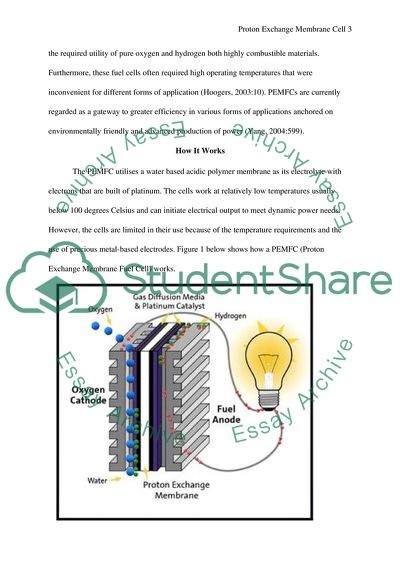Cite this document
(Proton Exchange Membrane Cell Book Report/Review, n.d.)
Proton Exchange Membrane Cell Book Report/Review. https://studentshare.org/chemistry/1863170-proton-exchange-or-polymer-electrolyte-membrane-fuel-cells-pemfcs
Proton Exchange Membrane Cell Book Report/Review. https://studentshare.org/chemistry/1863170-proton-exchange-or-polymer-electrolyte-membrane-fuel-cells-pemfcs
(Proton Exchange Membrane Cell Book Report/Review)
Proton Exchange Membrane Cell Book Report/Review. https://studentshare.org/chemistry/1863170-proton-exchange-or-polymer-electrolyte-membrane-fuel-cells-pemfcs.
Proton Exchange Membrane Cell Book Report/Review. https://studentshare.org/chemistry/1863170-proton-exchange-or-polymer-electrolyte-membrane-fuel-cells-pemfcs.
“Proton Exchange Membrane Cell Book Report/Review”. https://studentshare.org/chemistry/1863170-proton-exchange-or-polymer-electrolyte-membrane-fuel-cells-pemfcs.


